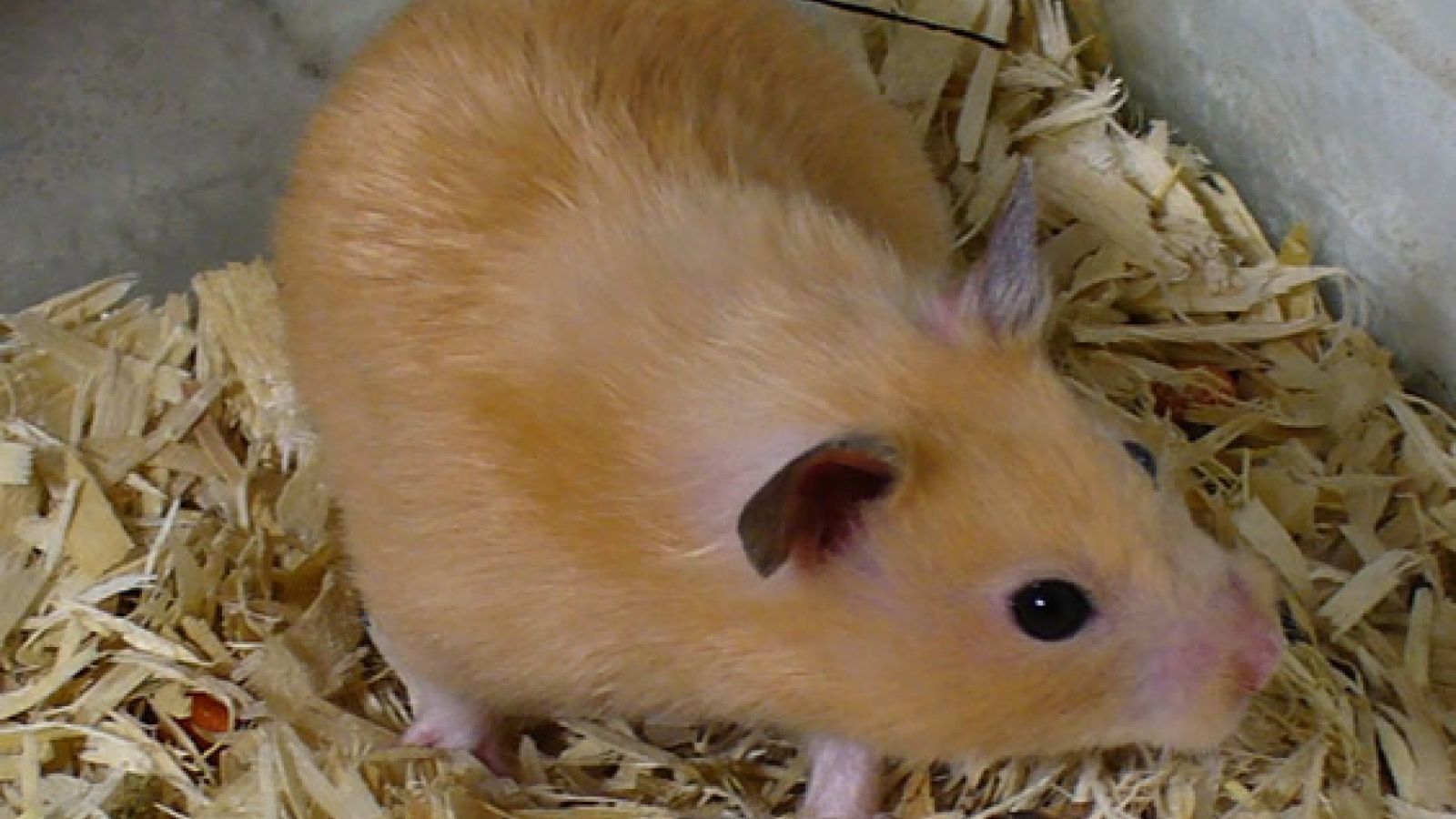
View this post on Instagram
Syrian or golden hamster (Mesocricetus auratus)
An interesting use of hamsters in medical research is the study of the neural basis of our internal daily (circadian) rhythms.
1. Syrian Hamsters are very territorial
The Syrian Hamster is fiercely territorial and are known to fight, bite and even kill other hamsters put in their environment. The aggressive territorial behaviour begins to develop in the Syrian or Golden hamster at around 8- 10 weeks old.
https://www.thesprucepets.com/syrian-hamsters-live-together-in-pet-stores-1238933
2. Syrian hamsters are nocturnal
The Syrian hamster is most active at night time when they burrow, play, chew and dig. Their nocturnal nature means that they are great for studying circadian rhythms. Although this pattern has been noted in the golden hamsters in captivity, data has shown some diurnal activity in female hamsters in the wild, which means they are active during the day.
https://www.sciencedirect.com/topics/biochemistry-genetics-and-molecular-biology/syrian-hamster
3. Syrian hamsters, also known as, Mesocricetus auratus
The Golden or Syrian hamster is also known as Mesocricetus auratus. They belong to the Cricetidae family, the Cricetinae subfamily, Mesocicetus genus, with the specific species called Mesocricetus auratus.
https://www.livescience.com/27169-hamsters.html
4. Its reproductive system makes it a great model for reproductive and development biology research
The hamster is used frequently in IVF research among other research areas including oncology, immunology and physiology. However, their unique reproductive system which include a continuous 4 day estrous cycle (the reproductive cycle of all non-higher primate mammals) and a very short pregnancy period of 16 days.
https://www.ncbi.nlm.nih.gov/pmc/articles/PMC6332730/
5. An adult Syrian hamster is usually 6-8 inches long
The average Syrian or Golden hamster can be expected to grow up to 6 to 8 inches long (14-19cm) and reach a body weight between 110g to 140 g. However, the female hamsters are usually bigger than the males.
https://www.sciencedirect.com/topics/biochemistry-genetics-and-molecular-biology/syrian-hamster
6. The Syrian hamster comes from areas surrounding Aleppo
The Golden or Syrian hamster originates from Aleppo and its surrounding areas. The first known mention of them was in 1797 by physician Alexander Russell in a publication named The Natural History of Aleppo. The hamsters were brought to the Western Europe and America by zoologist Isreal Aharoni.
https://www.nationalgeographic.com/news/2014/3/hamsters-syria-aleppo-pets-animals/
7. There are several varieties of the Golden/Syrian Hamster
Theses hamsters are the most commonly kept as pets and they can look very different. There are long-haired varieties, various colours too and they're known by different names including: polar bears, honey bears, dalmatian, fancy hamster, European black bears among others.
https://www.theanimalfiles.com/breeds/breeds_hamster/breeds_hamster.html
8. Their teeth grow continuously
Hamsters' teeth continue to grow throughout their lifetime. To combat this, they need something to chew on to keep their teeth short. Hamsters usually chew on twigs and wood to shorten the length of their teeth
https://www.livescience.com/27169-hamsters.html
9. Hamsters in animal research demonstrated the role of melatonin
An interesting use of hamsters in medical research is the study of the neural basis of our internal daily (circadian) rhythms - in humans this controls our sleep-wake cycle over a 24hr period. The control centre for these rhythms was found in the hypothalamus of the brain, and the use of hamsters clearly demonstrated the role of the hormone melatonin in this daily cycle.
https://www.nature.com/scitable/blog/accumulating-glitches/melatonin_is_not_a_magic/
10. Hamster means hoard in German
The name we call hamsters in English comes from the German word 'hamstern' which meand 'hoard'. Given that they have pockets in their cheeks that they fill with food to eat later and they are known to store food under their cage bedding, it is a very fitting name.



